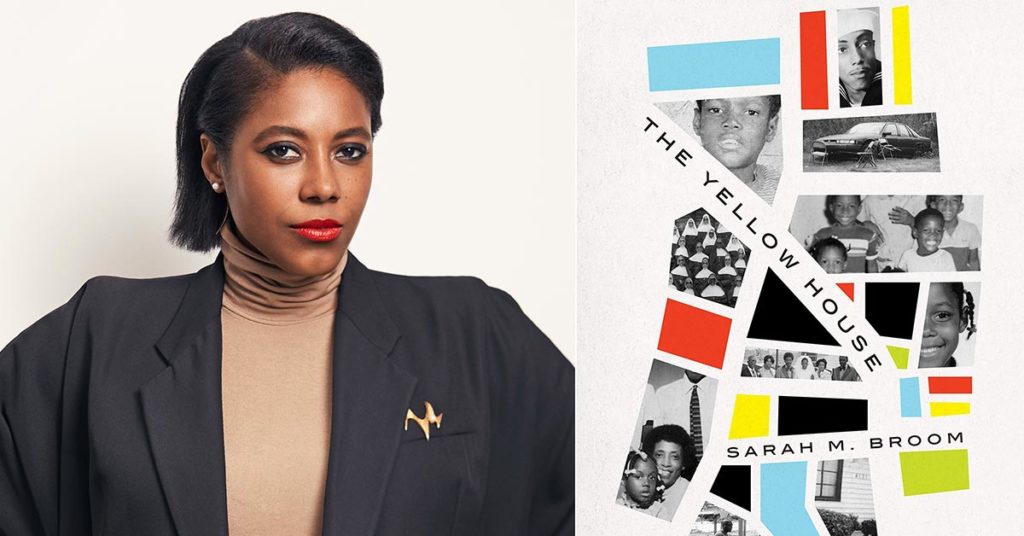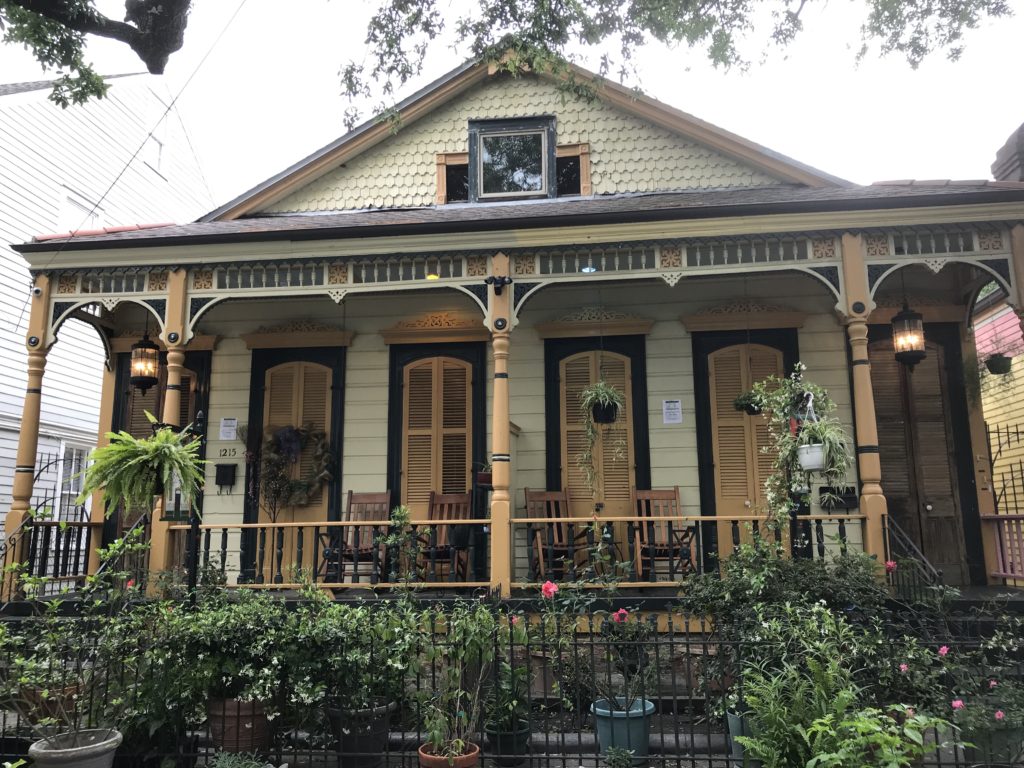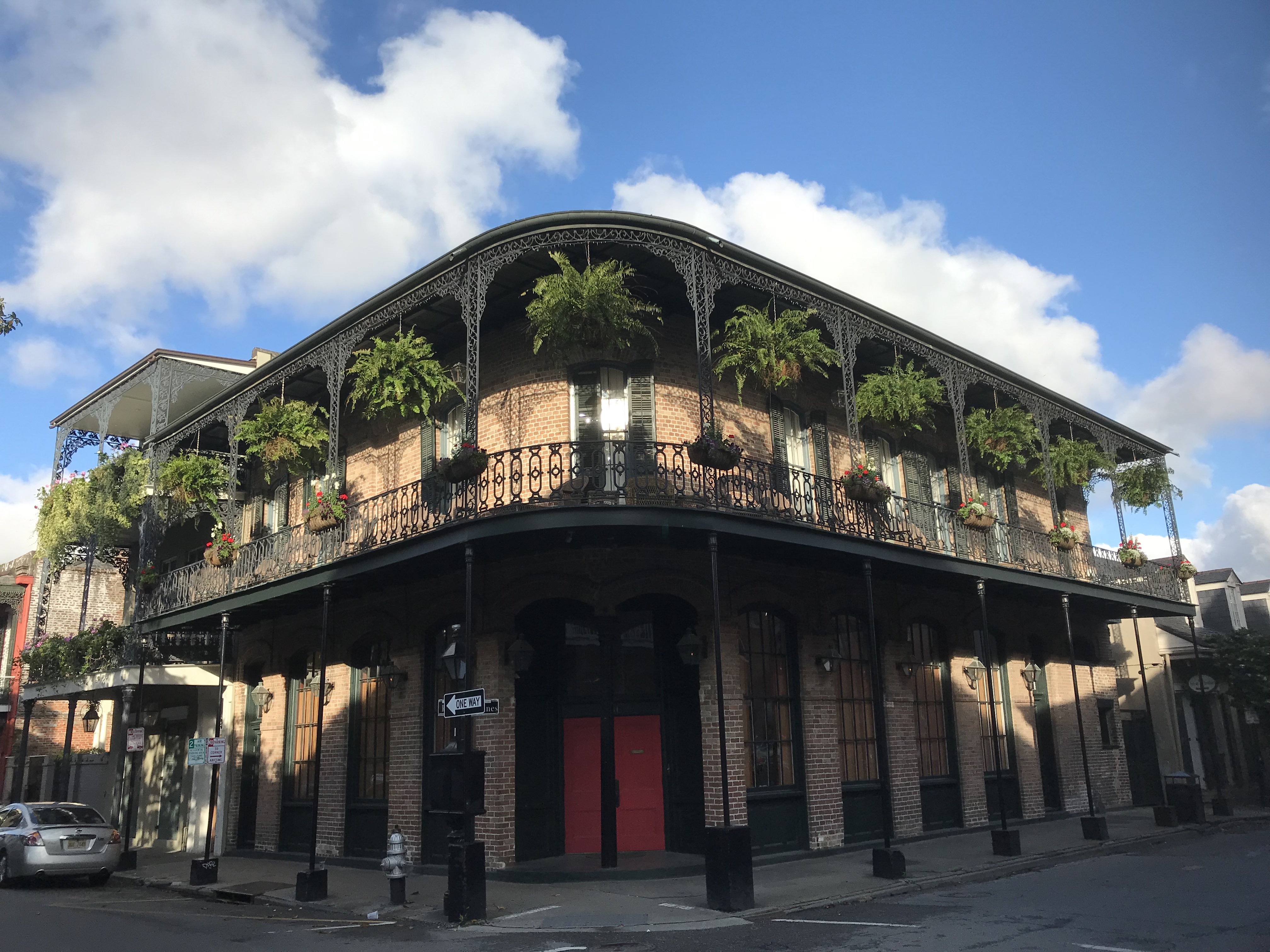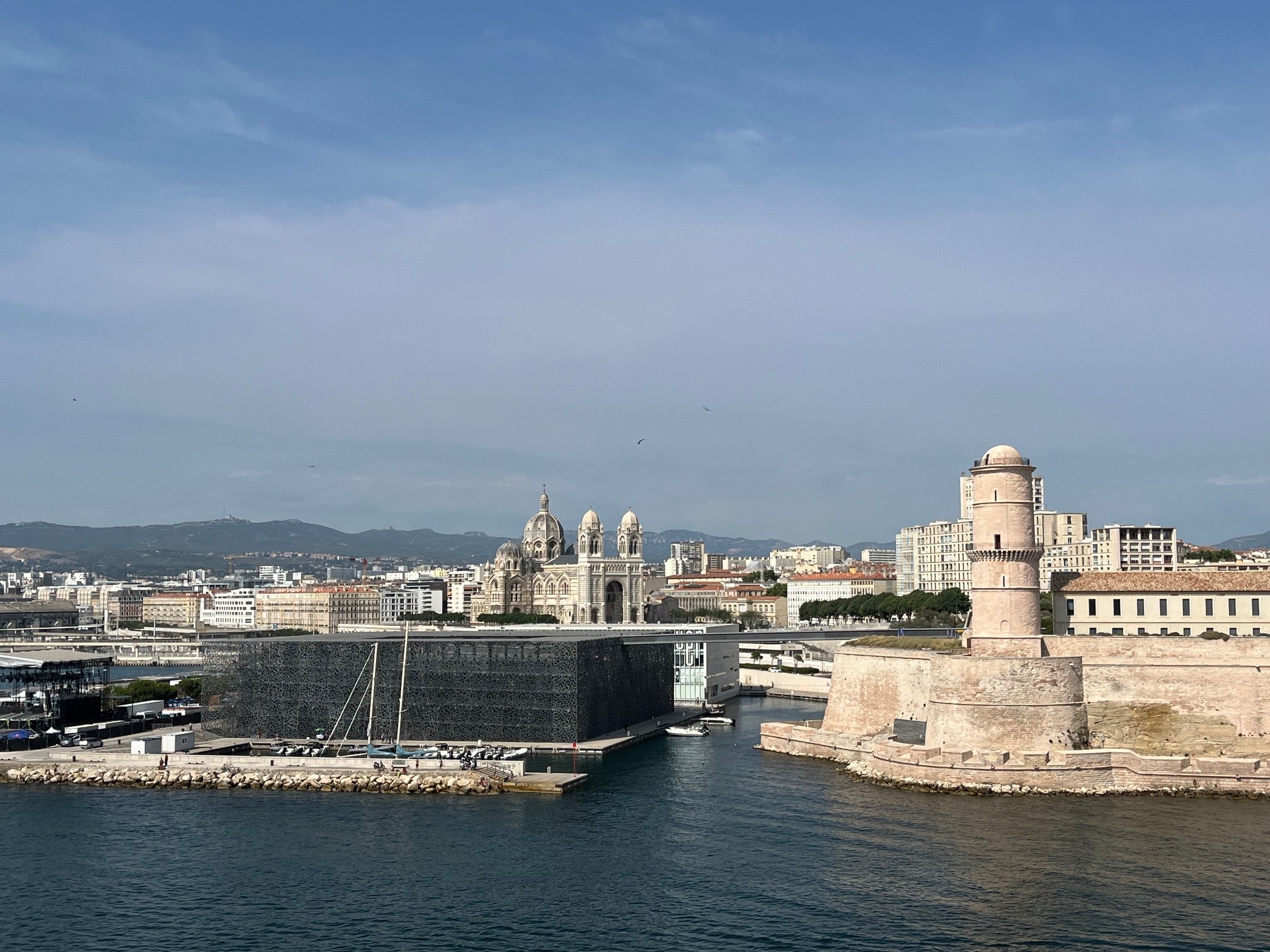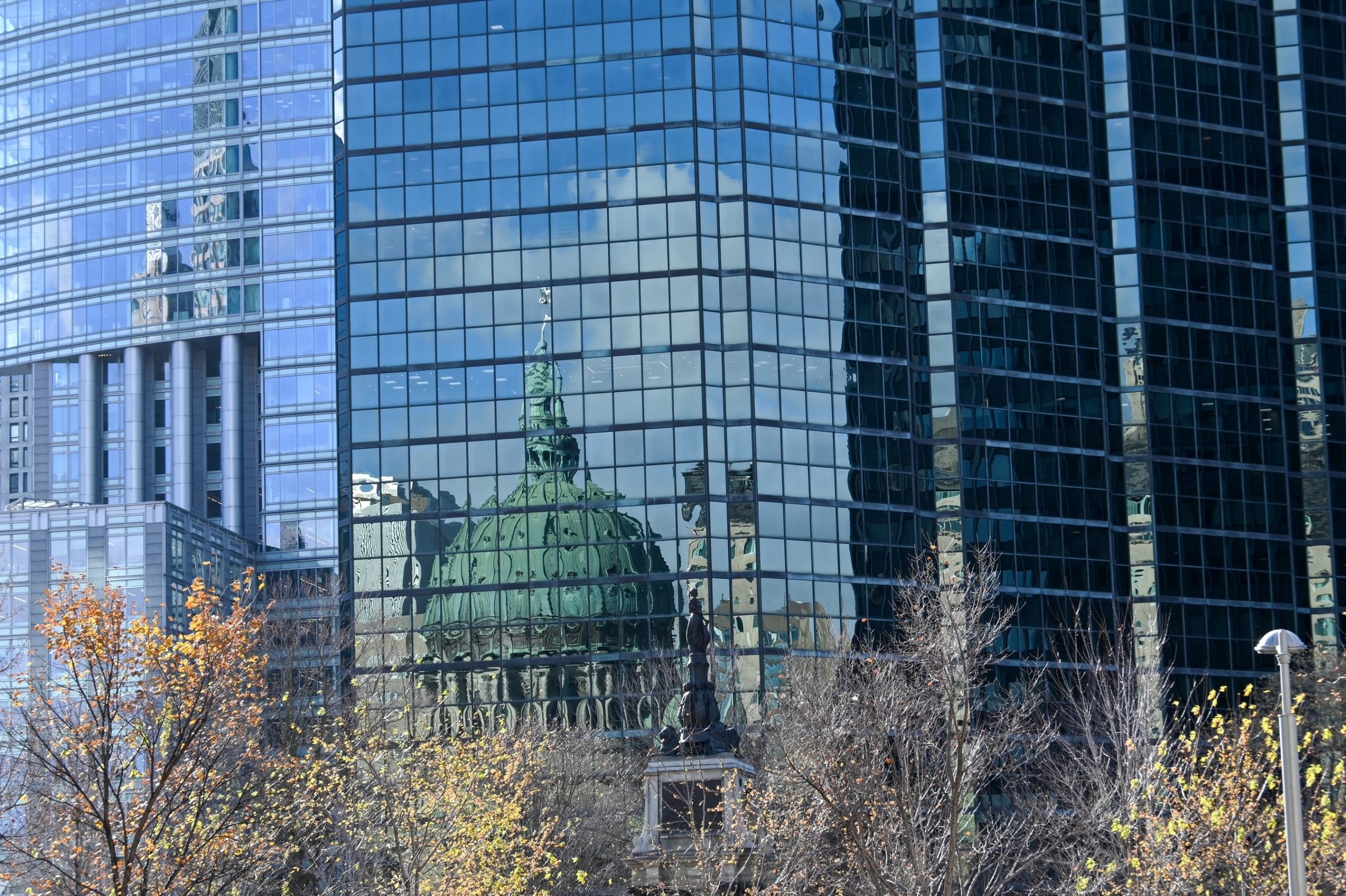A few months ago, I got the opportunity to visit for the first time New Orleans and its surroundings in Louisiana. It is a city filled with history, full of surprises, very different from other American metropolitan areas. Known as the birthplace of Jazz, the city and the region have also inspired many literary masterpieces. Here is a short overview with five books following the pulse of « Big Easy »’s history.
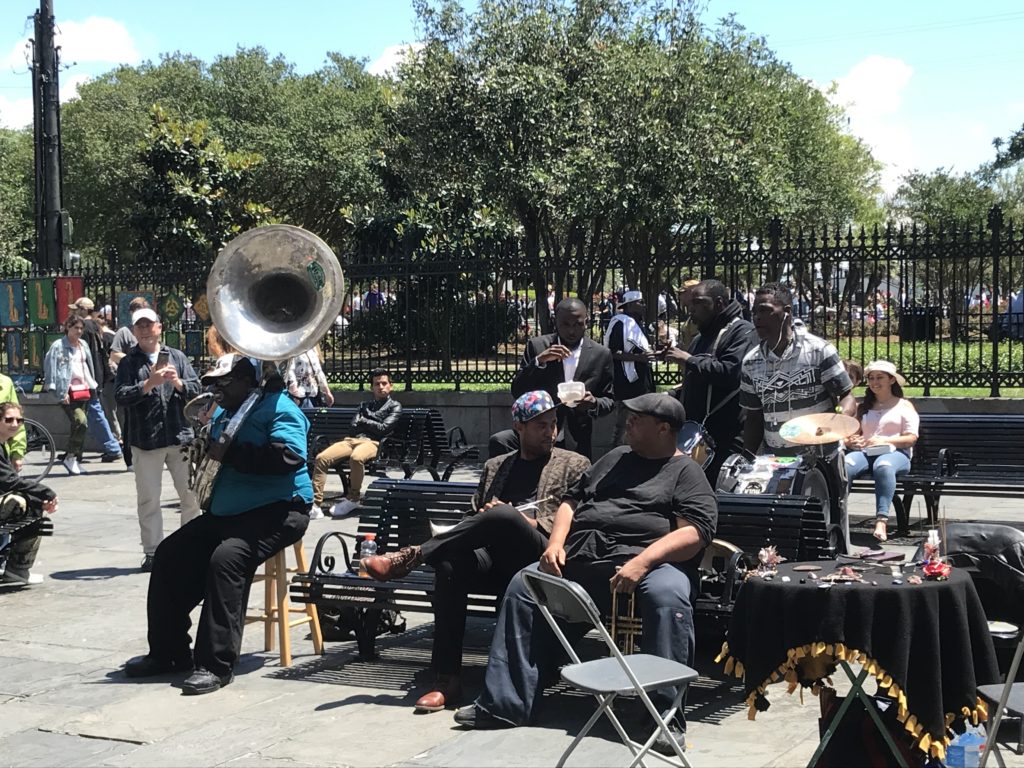
It is during my visit to the Whitney Plantation along the banks of the Mississippi river that I thought of reading « Twelve Years a Slave » by Solomon Northup. The plantation’s museum flips the script of traditional plantation tours focusing on the « Big House » where the masters lived, usually an elegant structure at the end of an alley bordered by secular trees. At Whitney, that house is there and is actually quite beautiful, but the visit starts with the slave quarters and their simple white church. It tries to recreate their living conditions, pays tribute to their courage and struggles. I found the same spirit in Solomon Northup’s memoirs published in 1853.
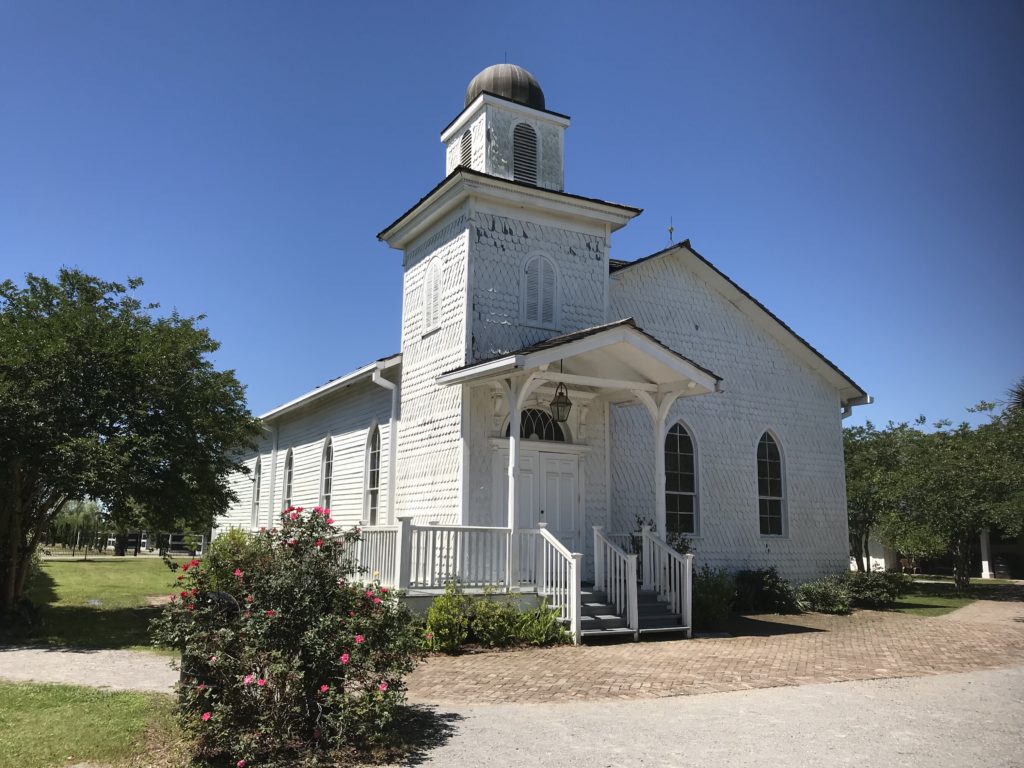
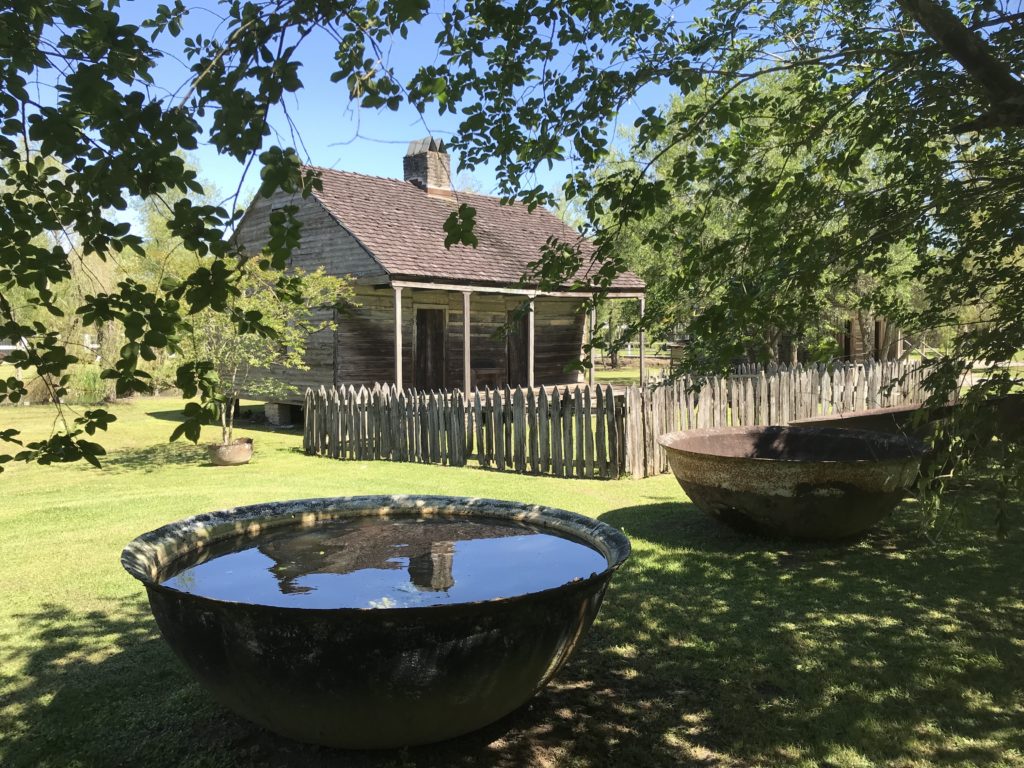
He was an African-American, a free citizen of the State of New-York and was kidnapped by slave merchants during a stay in Washington, DC. He was then sold to work on a Louisiana plantation. He would live there long and painful years, passing from property to property through sales, under the yoke of cruel masters. Sometimes he was treated better. After twelve years, he finally managed to send a letter to his family who were successful in having him released. The book has recently been adapted as a movie acclaimed by critics and audiences alike.
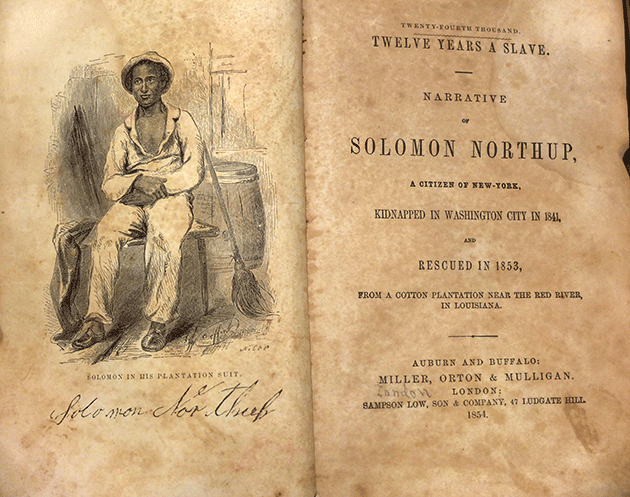
The novel « Un grand pas vers le Bon Dieu (A big step towards the Good Lord) » by French author Jean Vautrin received the Prix Goncourt in 1989 but has not been translated in English. It takes us in the world of the bayous and the Cajuns, the descendants of the francophones expelled from Canada during the 18th century French-British wars. The book showcases their earthy and colorful language. The story takes place between 1893 and 1920 and starts in Bayou Nez Piqué with Edius Raquin, his wife Bazelle and their daughter Azeline who refuses the advances of the regions skirt chasers before falling in love with Farouche Ferraille Crowther, an outlaw pursued by bounty hunters. The book’s second part follows Jim Crowley, the son conceived by Azeline and Ferraille before he had to escape. Jim is a musician haunting New Orleans’ seedy houses in an atmosphere which reminded me of the song « The House of the Rising Sun ».
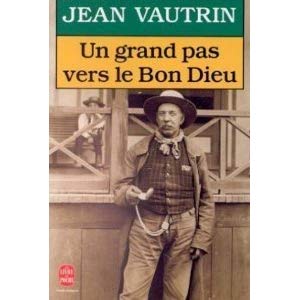

There
is a house in New Orleans
They call the Rising Sun
And it’s been the ruin of many a poor boy
And God I know I’m one
My
mother was a tailor
She sewed my new blue jeans
My father was a gamblin’ man
Down in New Orleans
Now
the only thing a gambler needs
Is a suitcase and trunk
And the only time he’s satisfied
Is when he’s all drunk
Oh
mother tell your children
Not to do what I have done
Spend your lives in sin and misery
In the House of the Rising Sun
(…)
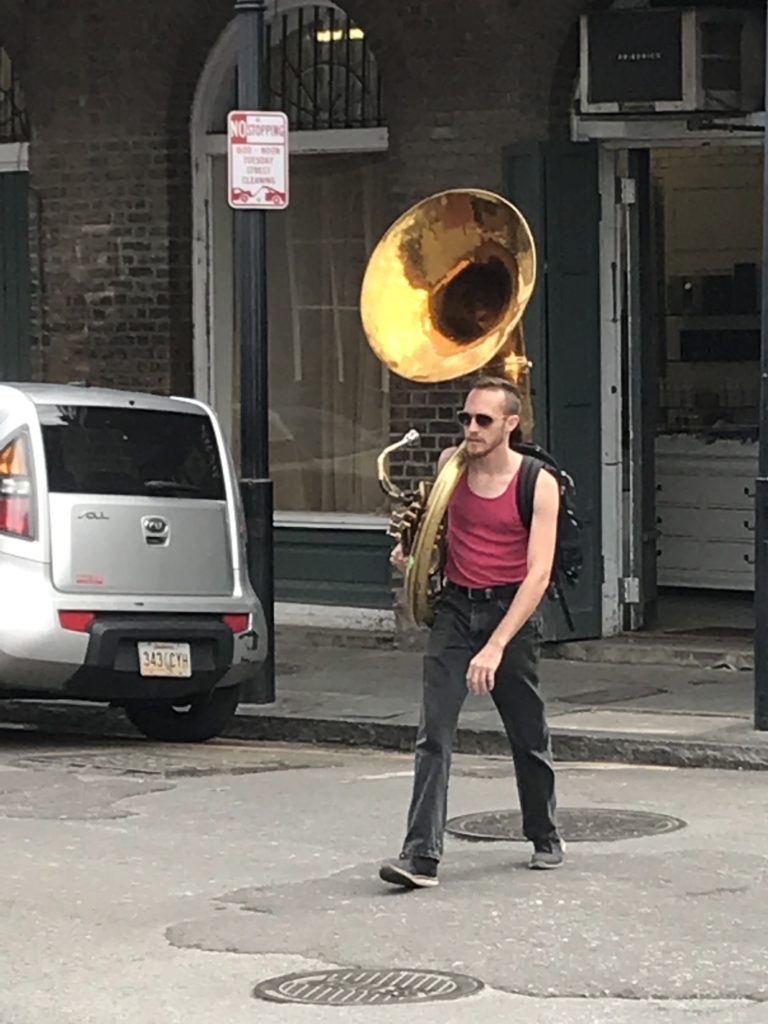
Blanche DuBois represents the archetypical Southern Belle. But in «A Streetcar Named Desire », Tennessee Williams’ most famous play, she needs to leave « Belle Rêve » the family house sold to creditors. Followed by a perfume of scandal, she ends up in the shoddy flat occupied in New Orleans by her sister Stella and her brother-in-law Stan, a Polish worker. The play, one of the most regularly performed in America, follows Blanche’s downfall up to her rape by Stan and her internment in a psychiatric ward. The movie adaptation gave Vivien Leigh and Marlon Brando among their most memorable parts. Between 1946 and 1947, Tennessee Williams lived in the Avart-Peretti House in the French Quarter and wrote the play that took the name of a tramway running through Desire Street in the Faubourg Marigny. The line has unfortunately been replaced by a bus.
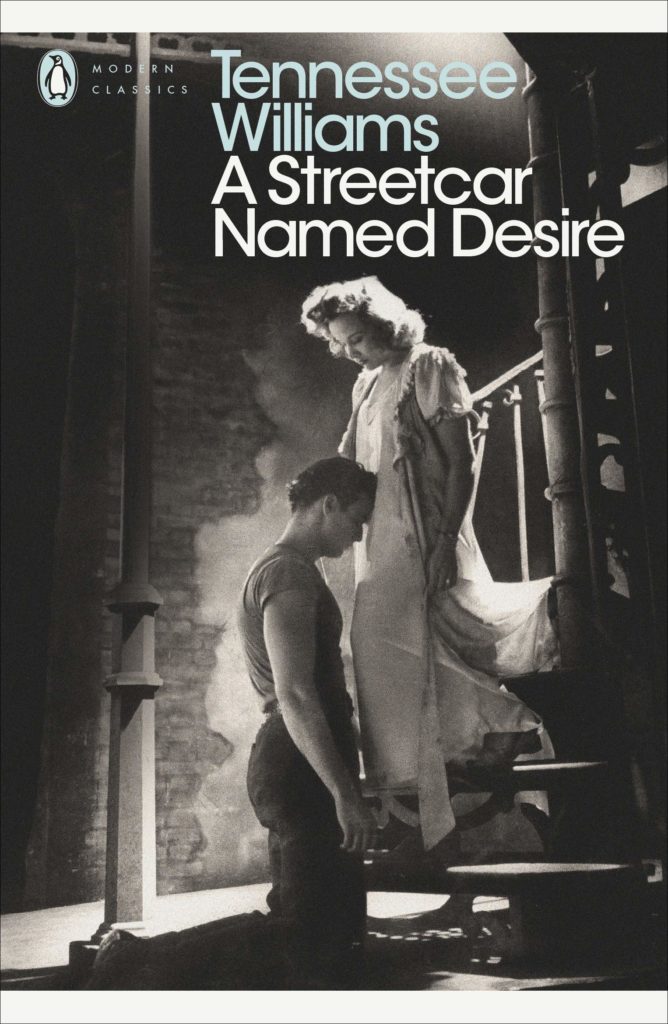
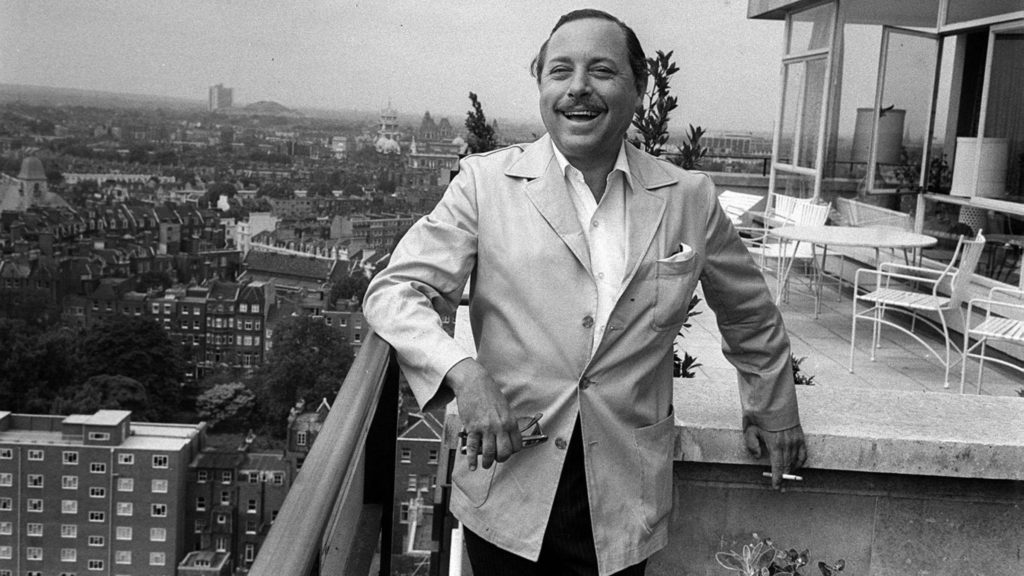
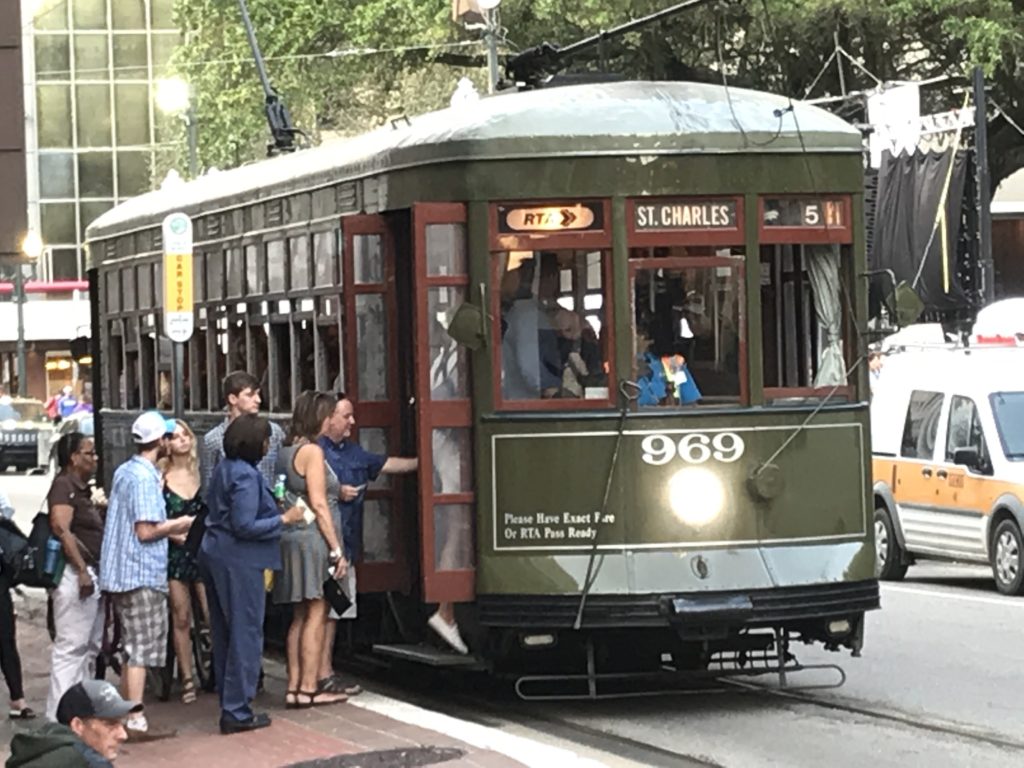
« A Confederacy of Dunces » by John Kennedy Toole is one of the books which best describes the very particular street culture in the city. This picaresque novel written at the beginning of the 60s was only published eleven years after the author’s suicide in 1969. It would be celebrated posthumously by the Pulitzer Prize in 1981. Ignatius J. Reilly, the main character, is a sort of obese Don Quichotte, at the same time genial and abjectly misanthrope, reactionary, tireless but ridicule slayer of his time’s failings. He maintains a correspondence with Myrna Minkoff, a leftist student from New York: everything should separate them, but they don’t seem to be able to do without each other. The book manages the tour de force to be at the same time hilarious and deep.

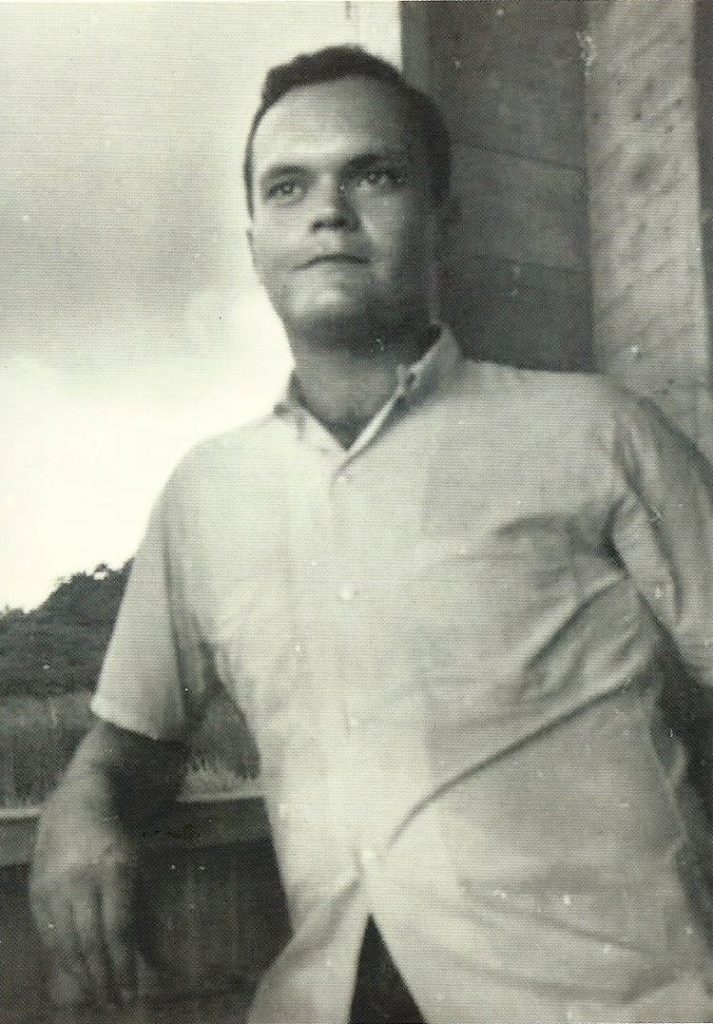
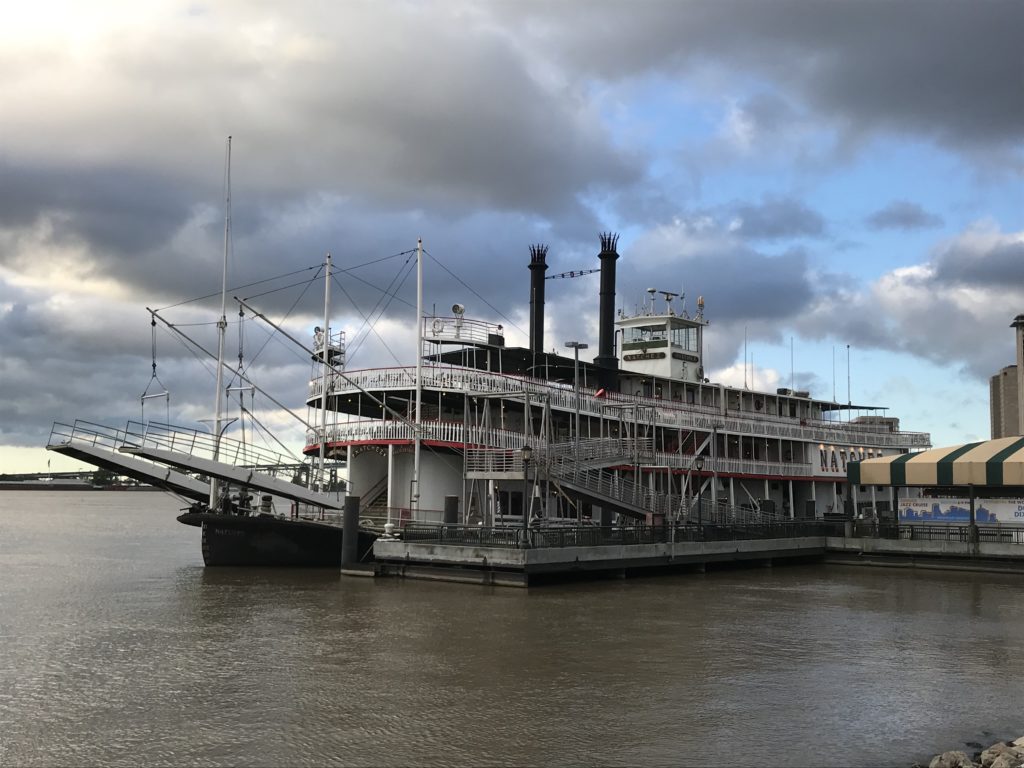
« The Yellow House » is a book published this year by Sarah M. Bloom. In those memoirs, the writer describes her family’s journey over three generations through the story of the yellow house in which she grew up with her mother and many brothers and sisters. The house is in a New Orleans neighborhood which seemed promising for an African-American family in the early 60s, but which would soon be passed over by the city’s development. The neighborhood falls in disrepair, crime gets up to the alley where the young Sarah lives and finally, with Hurricane Katrina in 2005, the family house ends up underwater. The family is spread all over the country and despite the mother and her daughter’s efforts, the house is destroyed, leaving just a vacant lot. Sarah departs to study, becomes a journalist, goes working in Africa before coming back to her native city. It is a superb book, which in turn made me laugh and moved me, an amazing tribute to her city and family, far from the touristic itineraries and clichés.
